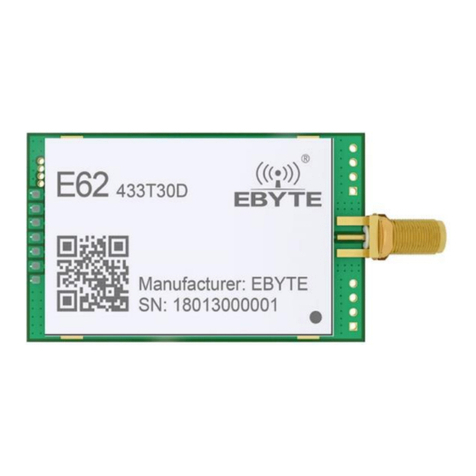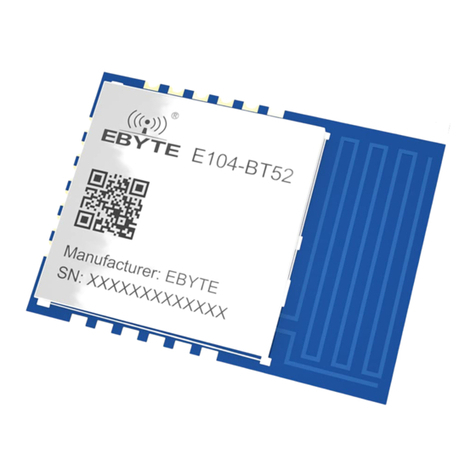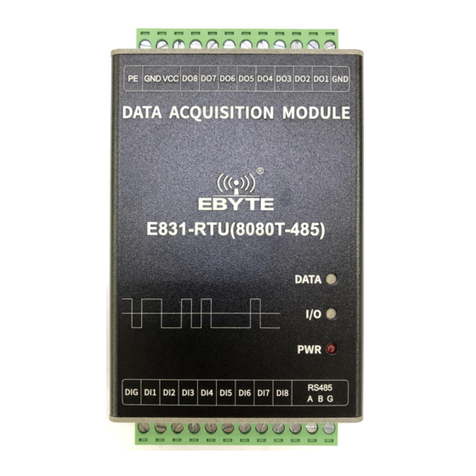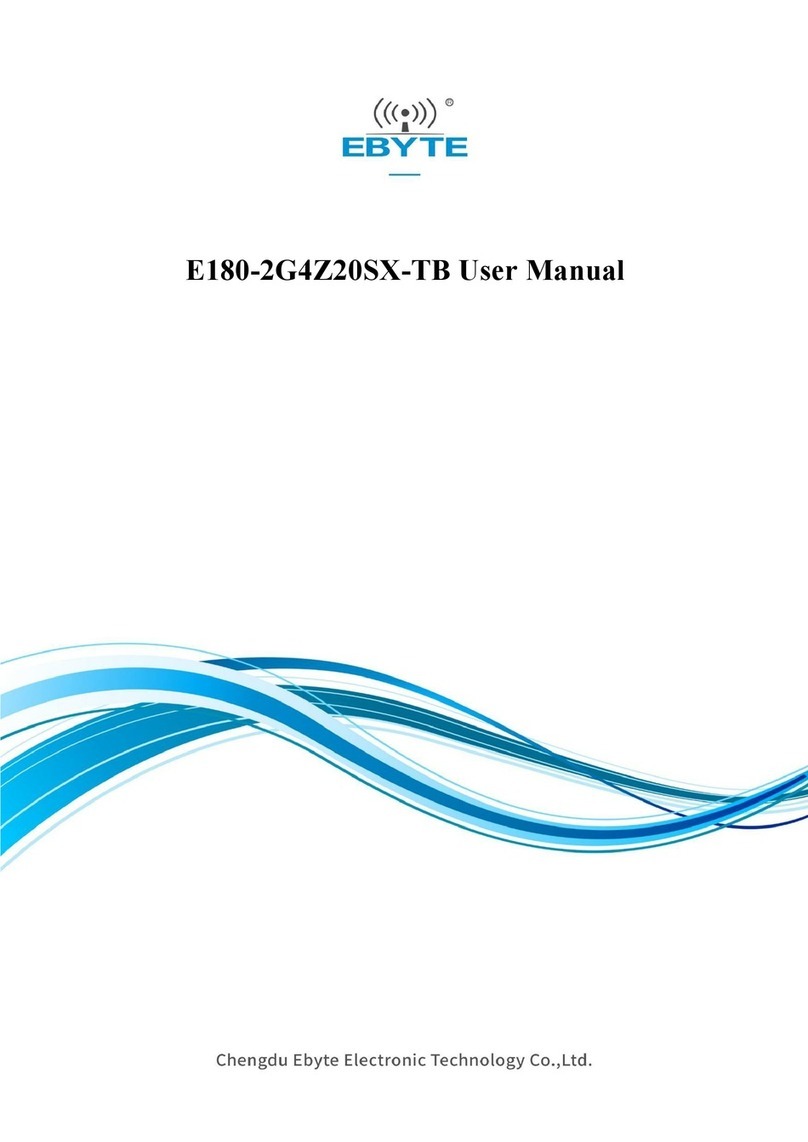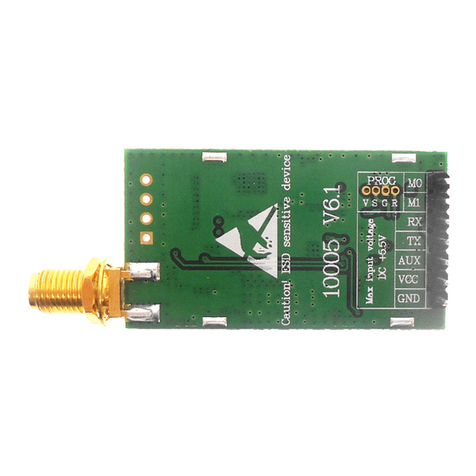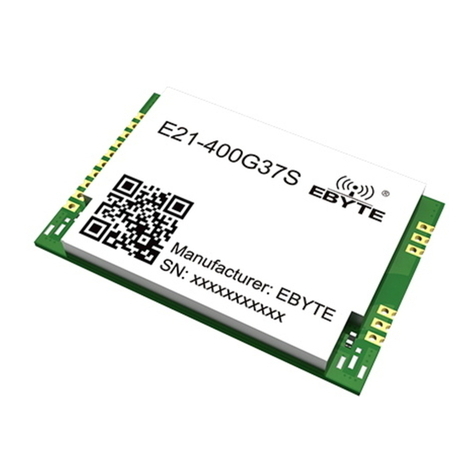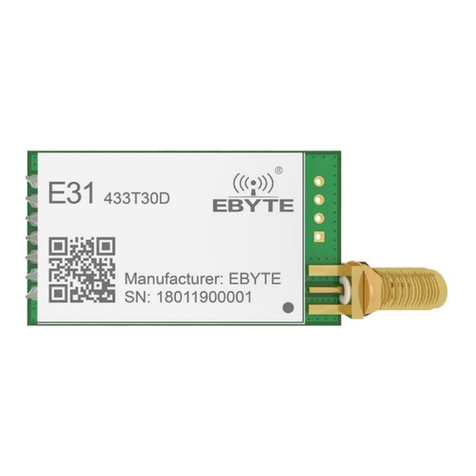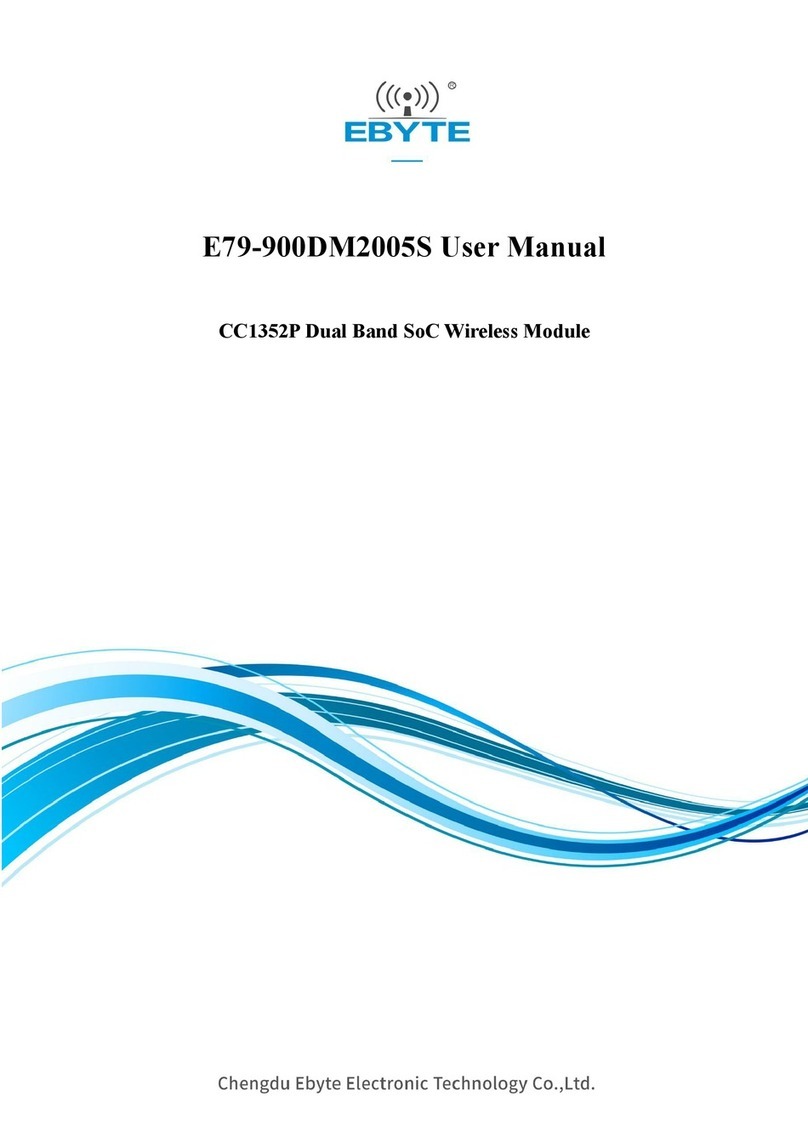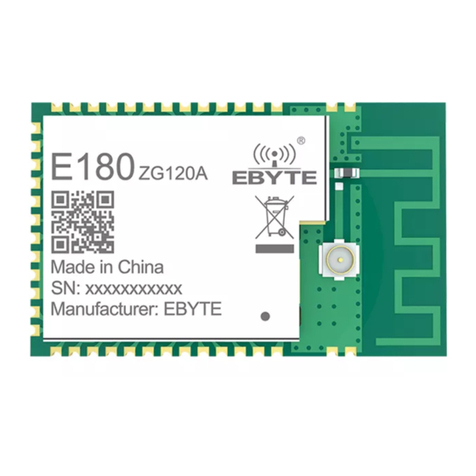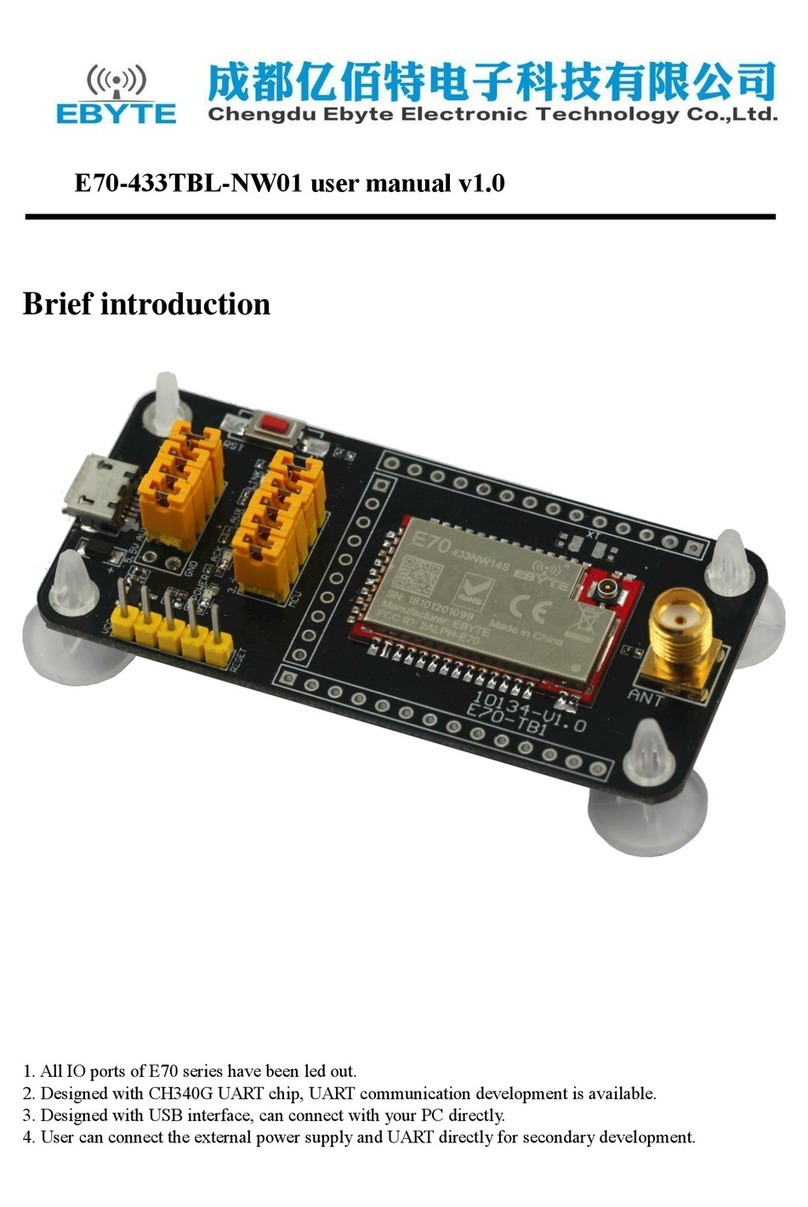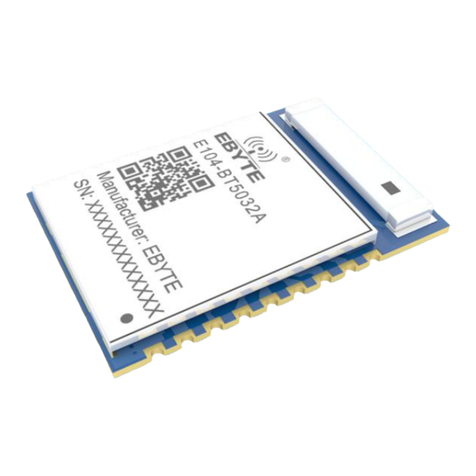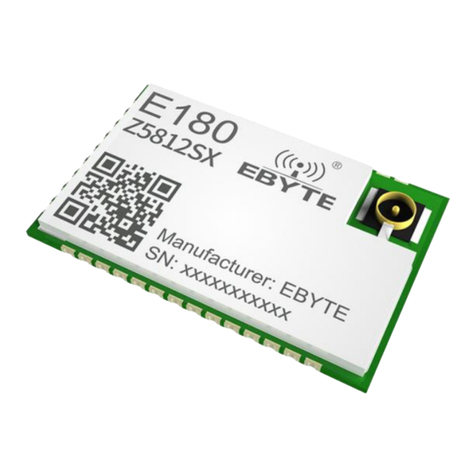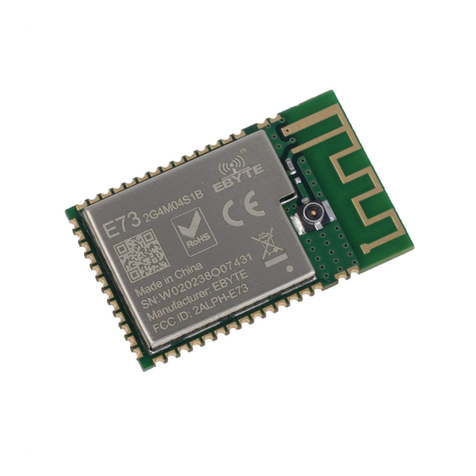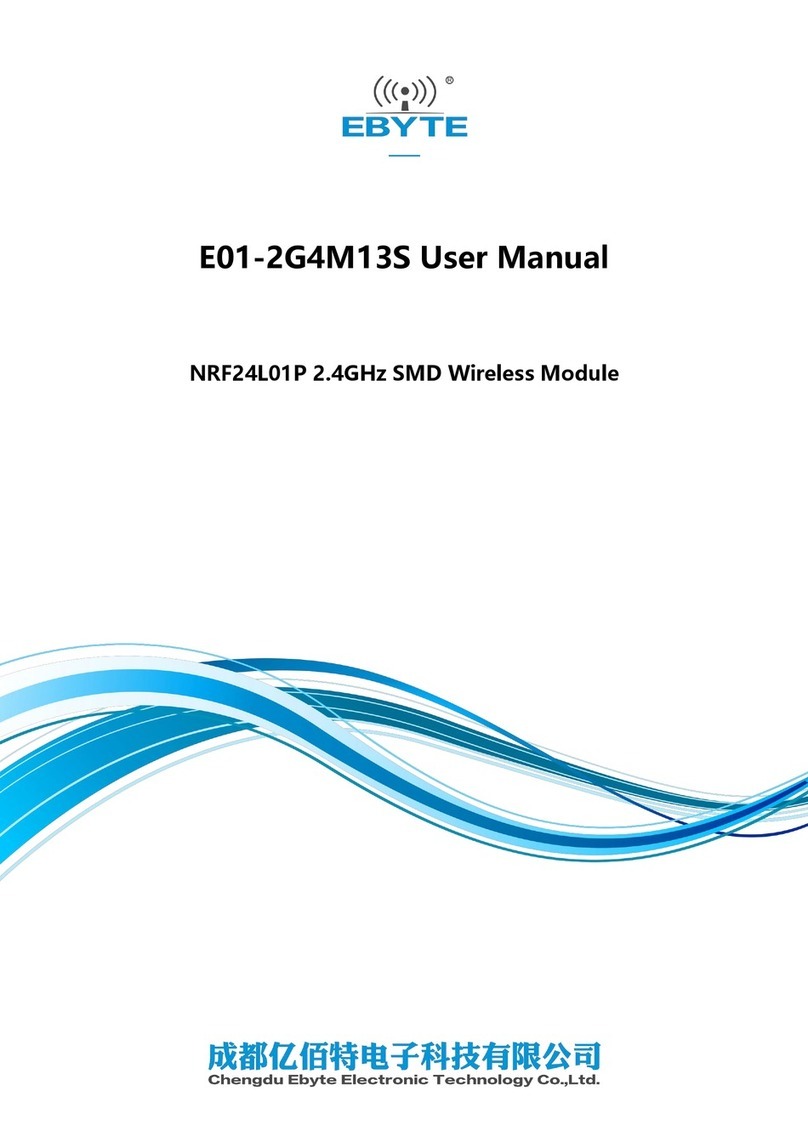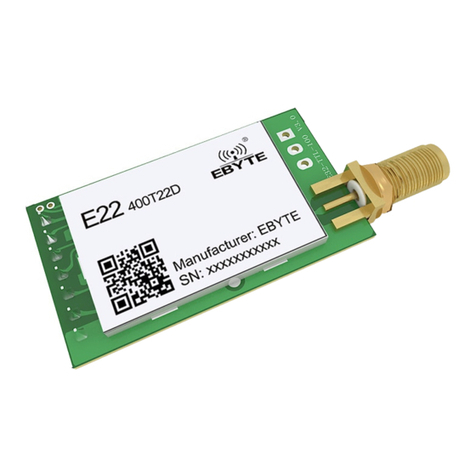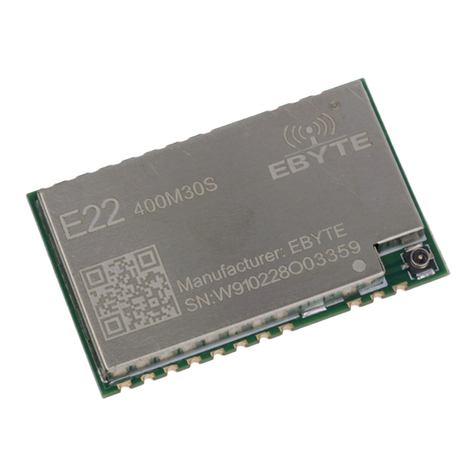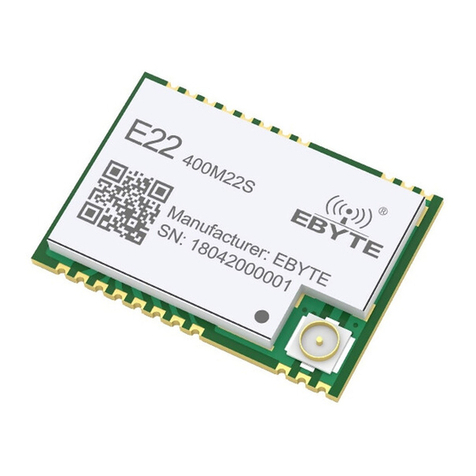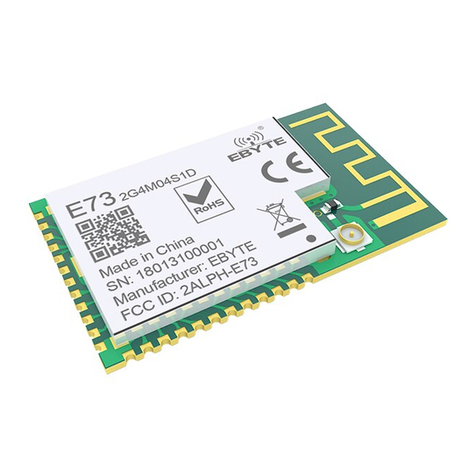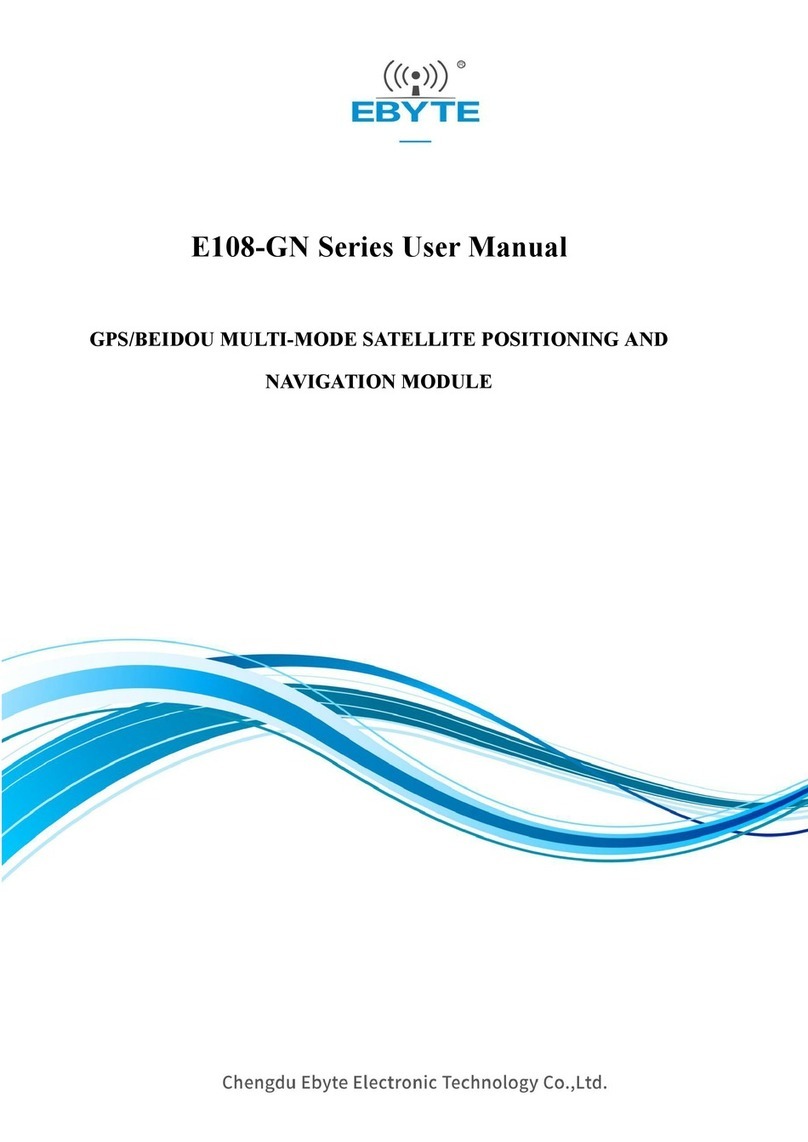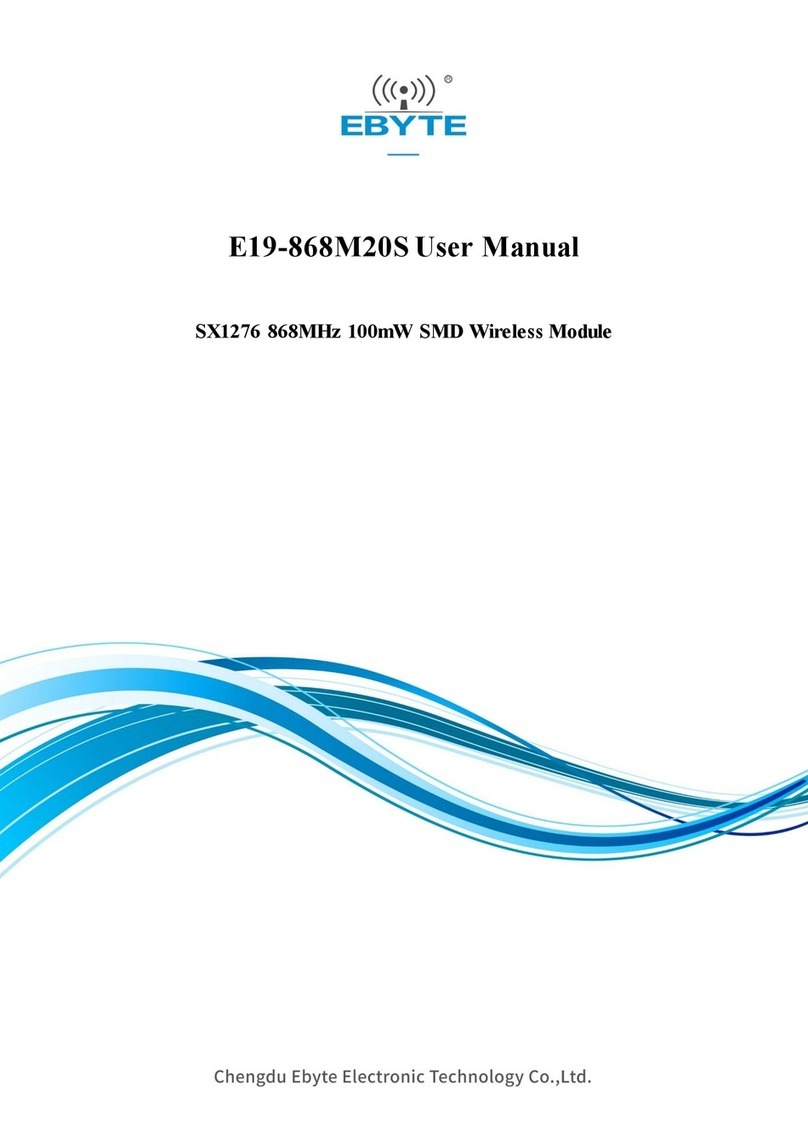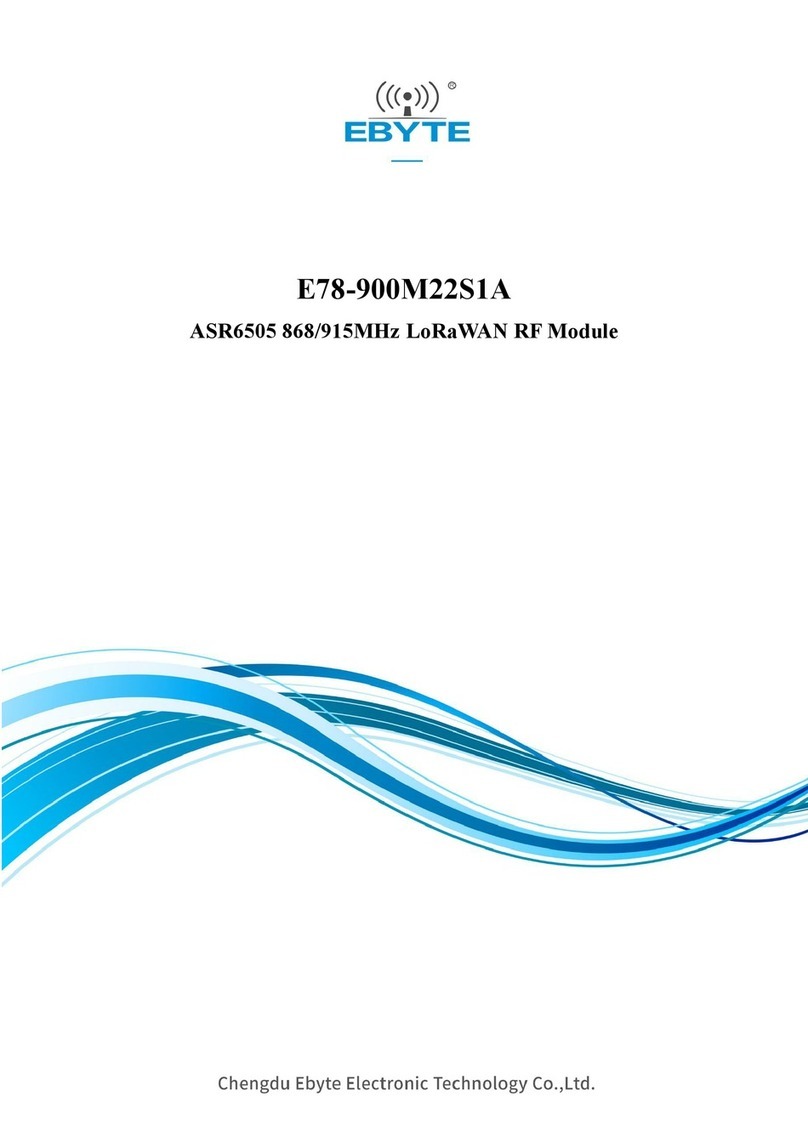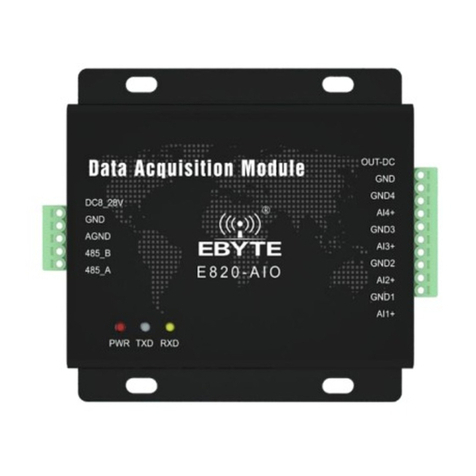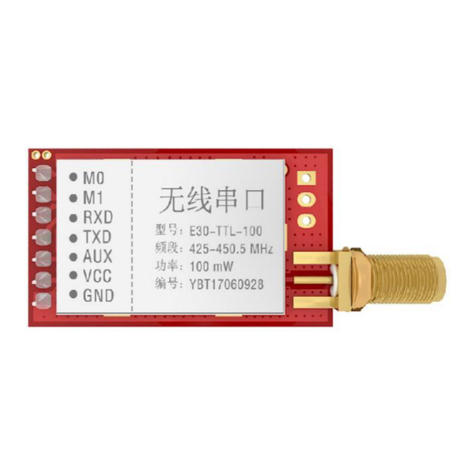
Contents
Disclaimer and Copyright Notice........................................................................................................................................... 0
I.Product Description..............................................................................................................................................................1
1.1 Product Introduction................................................................................................................................................. 1
1.2 Function description................................................................................................................................................. 1
1.3 Function description................................................................................................................................................. 2
1.4 Network topology..................................................................................................................................................... 2
1.5 Application scenario................................................................................................................................................. 3
II.Specifications...................................................................................................................................................................... 4
2.1 Limit parameters.......................................................................................................................................................4
2.2 Working parameters..................................................................................................................................................4
III. Mechanical Dimensions and Pin Definition.....................................................................................................................5
IV. Recommended Connection Diagram................................................................................................................................ 7
V. Test Suite............................................................................................................................................................................ 8
5.1 Test Suite Introduction..............................................................................................................................................8
VI. Command Introduction.................................................................................................................. 错误!未定义书签。
6.1 Introduction to AT commands................................................................................................................................ 10
6.2 Command instruction set........................................................................................................................................ 10
6.3 Query instruction set...............................................................................................................................................10
6.4 Setting up the instruction set.................................................................................................................................. 12
6.5 Parameter value table..............................................................................................................................................15
6.6 Parameter Notes......................................................................................................................................................16
Ⅶ. Basic Function Introduction..........................................................................................................错误!未定义书签。
7.1 Get the main parameters of the module..................................................................................................................18
7.2 Unicast communication (Unicast).......................................................................................................................... 18
7.3 Multicast communication (Multicast).................................................................................................................... 19
7.4 Broadcast................................................................................................................................................................ 20
7.5 Anycast function (Anycast).................................................................................................................................... 21
7.6 Introduction to routing table................................................................................................................................... 22
7.7 Additional header information................................................................................................................................23
Ⅷ. Remote Configuration..................................................................................................................................................24
8.1 Introduction to remote configuration......................................................................................................................25
8.2 Introduction to remote single point configuration..................................................................................................25
8.3 Introduction to remote broadcast configuration..................................................................................................... 25
Ⅸ. Introduction to the host computer.................................................................................................. 错误!未定义书签。
Ⅹ. Hardware Design............................................................................................................................................................. 27
XI. Hardware Design............................................................................................................................................................30
11.1 The transmission distance is not ideal.................................................................................................................. 31
11.2 Modules are vulnerable to damage....................................................................................................................... 31
11.3 Bit error rate is too high........................................................................................................................................31
Ⅻ. Welding Operation Guidance........................................................................................................................................ 31
12.1 Reflow temperature.............................................................................................................................................. 32
